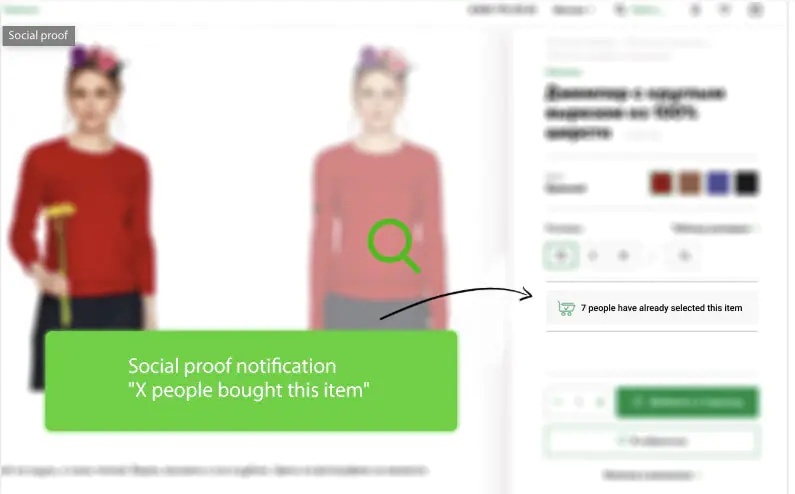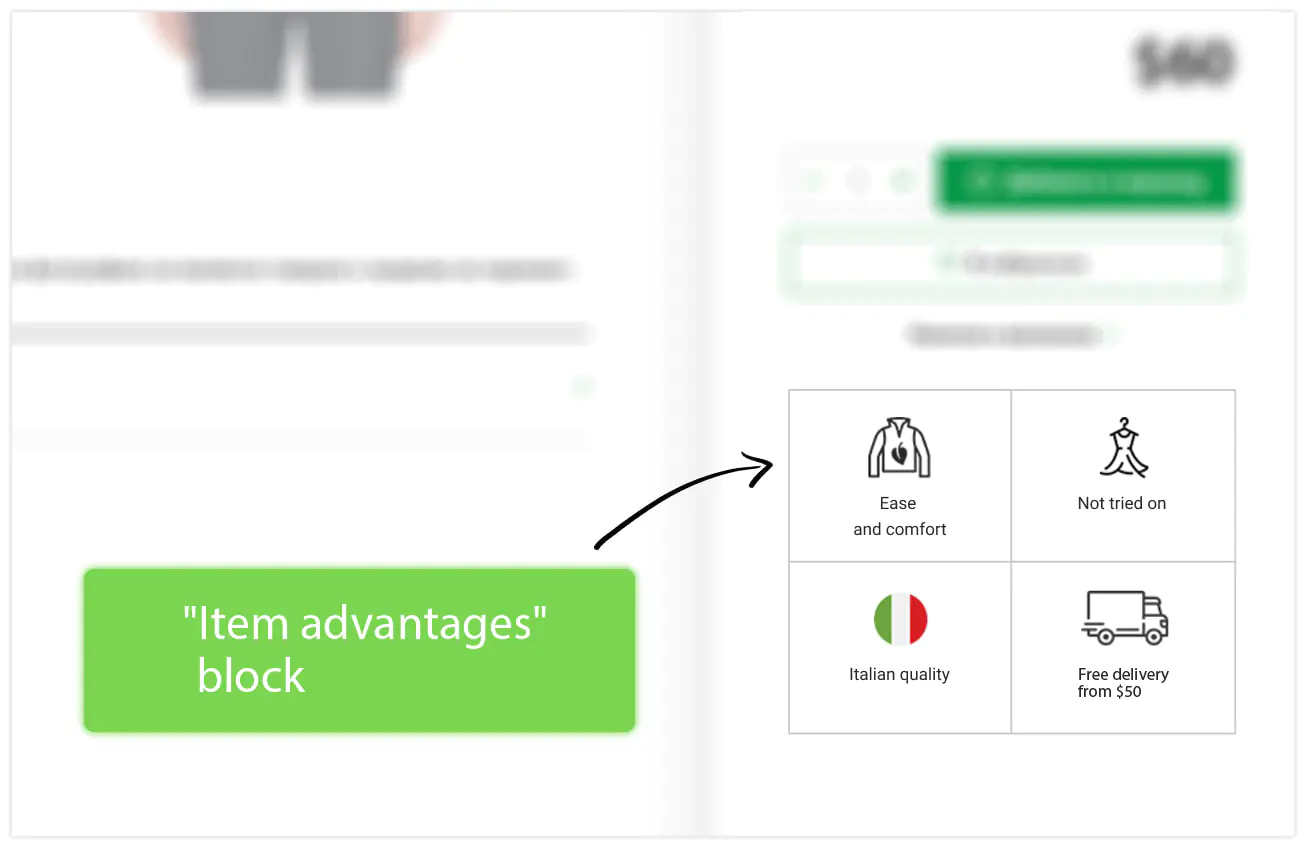United Colors of Benetton’s website personalization strategies led to a 10% increase in conversions. Explore how personalized product cards, item advantages, and loyalty invitations drive customer engagement and sales.
United Colors of Benetton Personalized Product Cards and Increased Order Conversions by 10%
The United Colors of Benetton brand was established in 1965. Since then, the retail chain has opened six thousand stores in over 120 countries. In the CIS, Benetton also has an online store.
Maestra helps United Colors of Benetton marketers grow their direct marketing and personalize their website. Currently, UCoB has three website personalization solutions in place. They cover item card personalization, the item advantages block, and a personalized loyalty program signup form.
To evaulate the results and effectiveness of these solutions, we use a control group in Maestra. Our first results are in: people that view clothing items via personalized item cards, convert into an order at a 10% greater rate than those who view a basic, non-personalized page.
In this article, we will cover the personalization features that we configured on the website.
Item card personalization “X people bought this item”
This notification shows how many people bought an item that a customer is browsing on the day that that it’s shown. Data on the quantity is taken from Google Analytics. This is the average value for a single item on that day. On the website, the card looks like this:

We presumed that customers would finalize their orders faster if they saw how many people bought the exact same sweater over the course of the day. In order to check our hypothesis, we ran some tests on a control group. The website’s audience was divided in half: 50% of people were shown the block that displayed how many times the item had been purchased, the other half was not shown this block.
After a month of testing, we found that the people who landed on the personalized card converted to a successful order 10% more frequently than those who didn’t see a personalized product card. These results have a 98% confidence level.

This is what the report for our product card personalization test looks like. The grey dotted line represents orders made by customers that did not see the personalized block. The green line – orders of those who saw it. At the end of the experiment, the green line remains within the green field, which means that the new block is bringing in revenue. If it were to lay within the grey field, the personalization experiment would not have been successful.
Item advantages
Any personalized Maestra block is installed onto websites via an API. This is the fastest and most simple way to change something on the website without having to hire a team of developers. It took us no longer than 5 minutes to add an “Item advantages” block. And if need be, we can change the design, content or targeting conditions in around the same time.

United Colors of Benetton’s “Item advantages” block works with potential customer objections and discloses delivery options. For example, the “not tried on” block was added after UCoB marketers found out that some people are worried about purchasing clothes from their website because they think the items have been tried on by others prior to their purchase.
The effectiveness of the “Item advantages” block was also tested with a control group. Conversions of visitors that saw this block were 6.5% greater than those who did not see it. The confidence level of these results is 92%.

This graph depicts the results of the “Item advantages” block. The grey dotted line represents people that did not see the new block. Green represents those who saw it. It’s important that the green line passes through the green field at the end of the experiment. This means that the new block is bringing in revenue.
Personalized invitation to join the loyalty program
This is a form inviting people who are not yet registered on the website to join the loyalty program. If a person is already a member, the system automatically picks up on this and removes the form from the website.

Floating bar with an invitation to join the loyalty program
The best part of this approach is that it works on the segments that are created by Benetton marketers inside Maestra. This means that marketers can create unique website versions for each individual customer, using their purchase history or on site actions as a base point. For example, we can show a block with underwear and socks only to buyers that have recently purchased pajamas. Or raincoats and umbrellas to those who recently purchased trench coats.
Together with Maestra, we solved the task of combining loyalty program data and launching segmented text messages and emails. We also started collaborating on testing website personalization possibilities and individual offers for clients, which allowed us to achieve fruitful conversion results driven by a target action.
The bulk of the work on website personalization is yet to be completed, but the first results are already in:
- Conversions have increased by 10% thanks to the “X people bought this item” block.
- Conversions on pages where we list item advantages have increased by 6.5%.
We spent just 15 minutes were on setting up and installing these personalization features. All our client needs to do is track their effectiveness reports.
Further plans:
- Add personalized recommendations. This feature operates on machine learning principles, using customer behavior on the website.
- Develop a comprehensive personalization strategy and implement conversion solutions.

